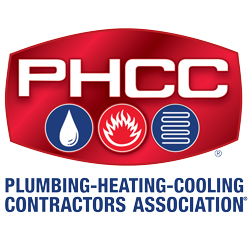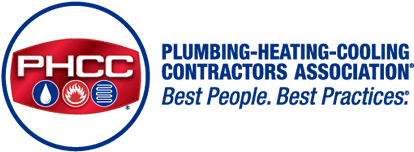
By Staff Writer, PHCC-National Association
“What we do matters. What we do is more consequential to human existence than most of us realize.” Plumbing Manufacturers International CEO Kelly Stackpole delivered this powerful statement at the 7th biennial Emerging Water Technology Symposium (EWTS), echoing a continuing theme that surfaced during the May event: the importance of proper stewardship over the world’s water supply.
This and remarks presented by other industry leaders opening the May 11-12, 2021, symposium set the stage for an event geared for those who work or are interested in the fields of safe plumbing, water distribution and water efficiency across the globe. The overall purpose of the symposium was to share new technologies that are coming to market, learn about innovative green plumbing and mechanical concepts, and engage in timely discussions on how the water utility, manufacturing, engineering and trade industries can improve water efficiency internationally.
What We Learned
PHCC attended the two-day event and came away with these key takeaways:
Legionella and Waterborne Pathogens in Building Water Systems
- Routine water testing is necessary to determine whether there are pathogen problems.
- Pathogens are most commonly found in cooling towers, hot tubs, decorative fountains, fire suppression systems and irrigation systems.
- The updated CDC Toolkit for Controlling Legionella can be a valuable resource.
- Water age – the length of time water ages in the piping – is cited as a new key factor for pathogens.
Safer Plumbing Design, Use and Recovery from Disasters
- The pandemic has exacerbated water system impacts with the closure or lack of occupancy of buildings.
- Testing in vacated buildings has shown increased levels of multiple contaminants, as well as increased levels of copper.
- Significant flushing of systems should be undertaken to remove contaminants and be followed by water sample testing to determine that drinking water quality standards are maintained.
- Education of water regulators is recommended so they will change their policies appropriately based on new knowledge and adopt new technologies to deal with recent issues.
- Evidence-based codes and best practices in use for all new and renovated buildings also are needed.
The Water Demand Calculator Leaves Home
- Given the advances in plumbing technology and related reductions in water consumption, the interpretations of Hunter’s Curve (published in 1940) have produced oversized piping designs.
- IAPMO and ASPE have joined together to develop a Water Demand Calculator (WDC), which would account for the reduced flows in modern plumbing systems.
- Applying this new approach would reduce water residence time and maintain disinfectant levels in water contained in these piping systems.
- Future research is planned to develop WDC values for use in commercial and industrial settings, such as hotels, restaurants, hospitals, offices and schools.
- Using non-intrusive wireless sensors to tell whether the water is on or off, the goal of the research is to find out what is happening inside these buildings at each fixture.
The Plumbing-Heating-Cooling Contractors—National Association was a proud industry partner of the event, which was co-convened by the American Society of Plumbing Engineers (ASPE), the Alliance for Water Efficiency (AWE), the International Association of Plumbing and Mechanical Officials (IAPMO) and Plumbing Manufacturers International (PMI), and presented in cooperation with the World Plumbing Council (WPC).
The 2022 EWTS will be held May 10-11, 2022, in San Antonio, Texas. A series of videos and presentations from previous symposiums is available for viewing online.
